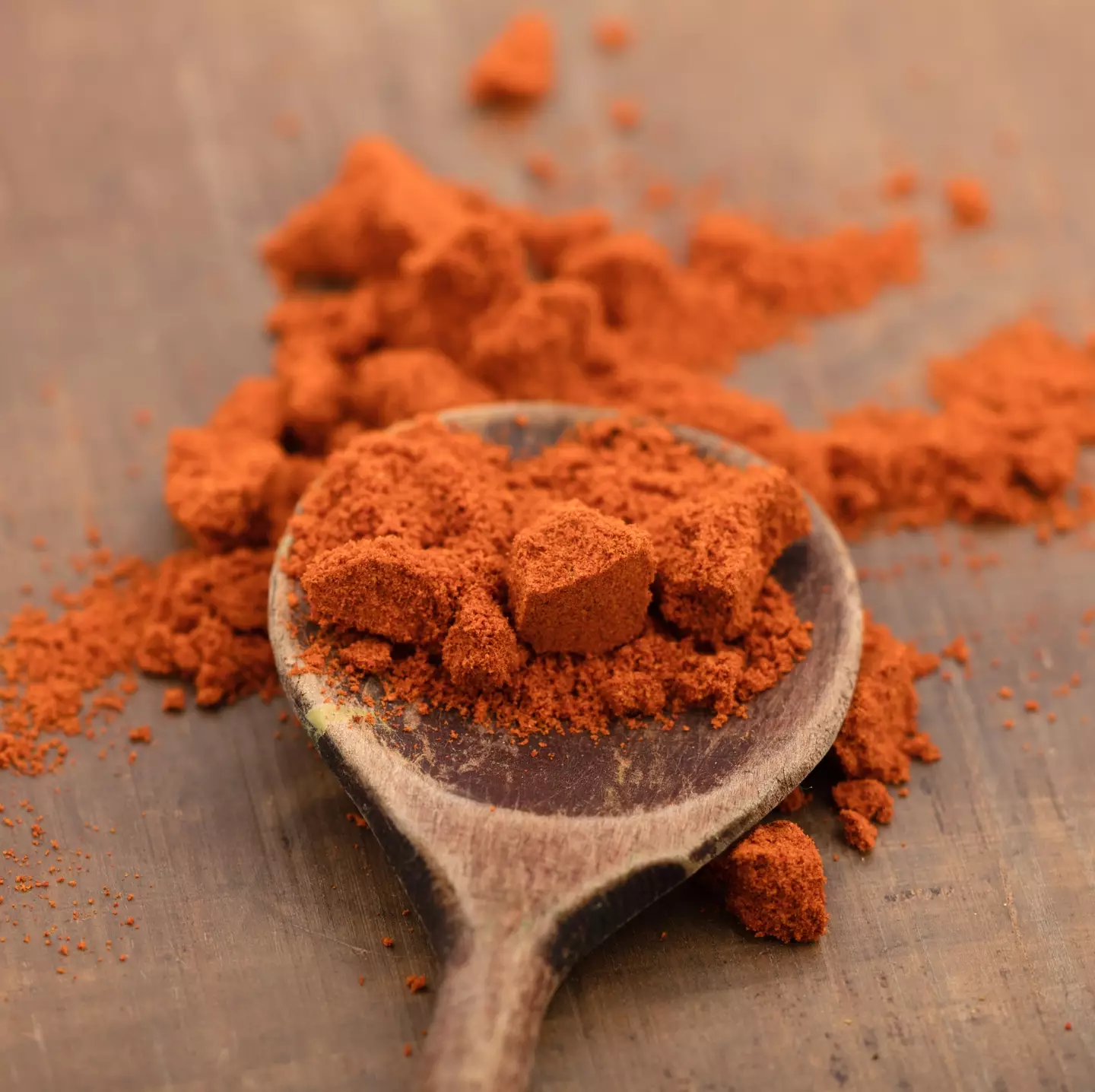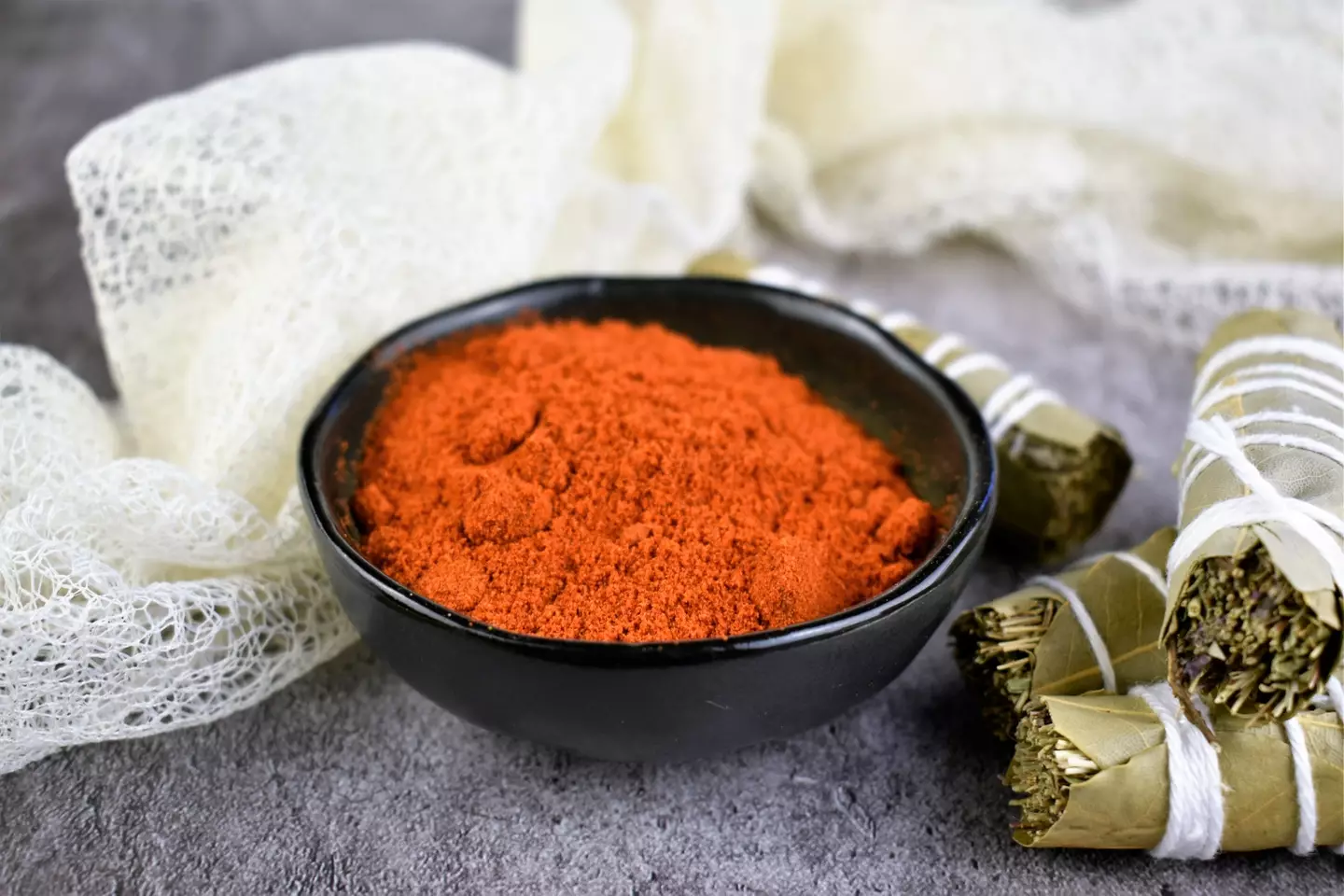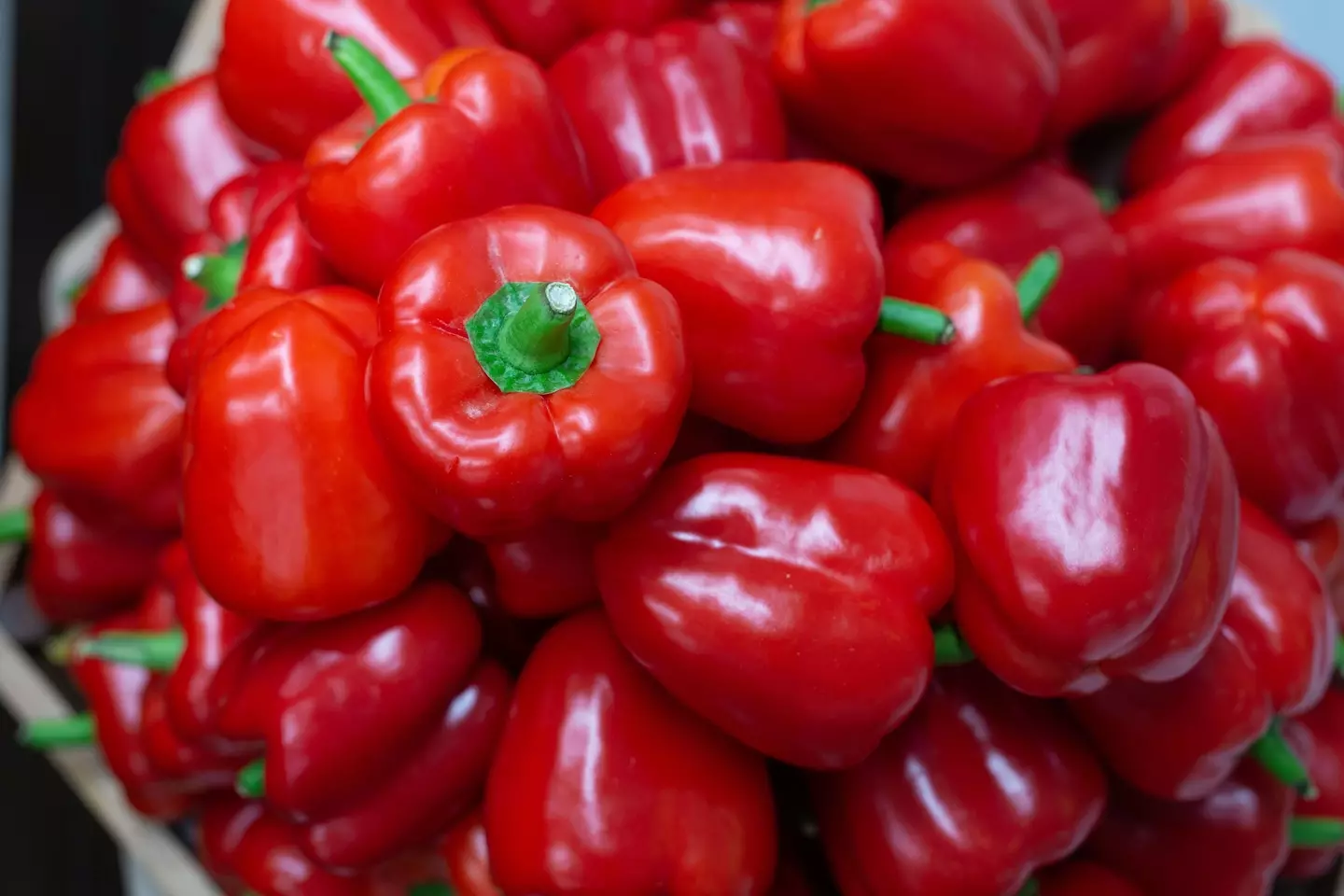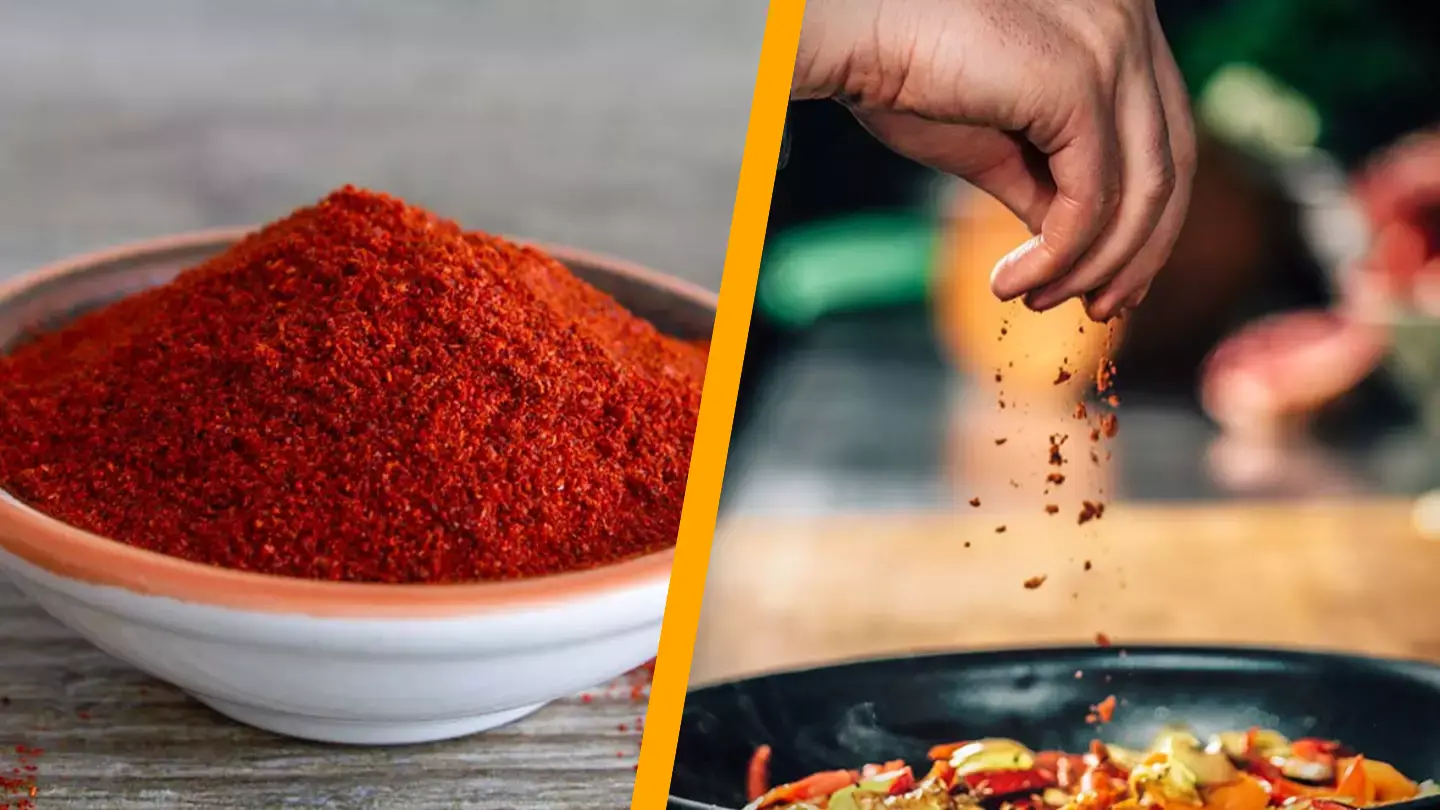We all might boast about our culinary prowess, but even if you’re a whiz in the kitchen, you probably don’t know the exact origins of your seasonings.
It’s a given that you season your food and get creative with your cooking.
Let’s face it, the best way to live is by crafting an amazing meal you can boast about, share on Instagram, and savor as you relax in a food coma.
One of my go-to seasonings is paprika, but I have to confess, I didn’t always know its origins…

Honestly, paprika is pretty fantastic. It’s great on chips, great on food in general, and is essentially the ultimate seasoning. Plus, it’s quite healthy.
It’s packed with nutrients, can help lower the risk of cancer and heart disease, supports healthy vision, reduces inflammation, improves immunity, and can even aid with digestion issues.
Paprika is rich in vitamin A, capsaicin, and carotenoid antioxidants.
What’s not to love?
Many people use paprika to enhance their dishes, so you’d expect them to know what it’s made from.

You’re probably aware that many spices and herbs are named after the plants they come from, like cumin powder from dried cumin seeds.
But there’s no such thing as a paprika seed, root, or tree.
To dive deeper, the name ‘paprika’ originates from the ingredient it’s made from: pepper – specifically, sweet red peppers.
This has caused a lot of confusion online, as many believed paprika came from a plant.
Essentially, red peppers are dried thoroughly and then ground into a spice, which becomes paprika.
An Instagram post by Australian food company Nutraorganics explained this, stating: “Learning that Paprika is just dried and crushed red bell peppers was really shocking.”

“I don’t know why I thought there was a Paprika tree somewhere.”
Many have taken to social media in disbelief after learning what paprika is made from.
“Learning that Paprika is just dried and crushed red bell peppers was really shocking,” one person commented.
Another added: “Like I dunno why I thought there was a Paprika tree somewhere.”
Conversely, some social media users were puzzled that people had only just figured this out, as they considered it to be ‘common knowledge’.

